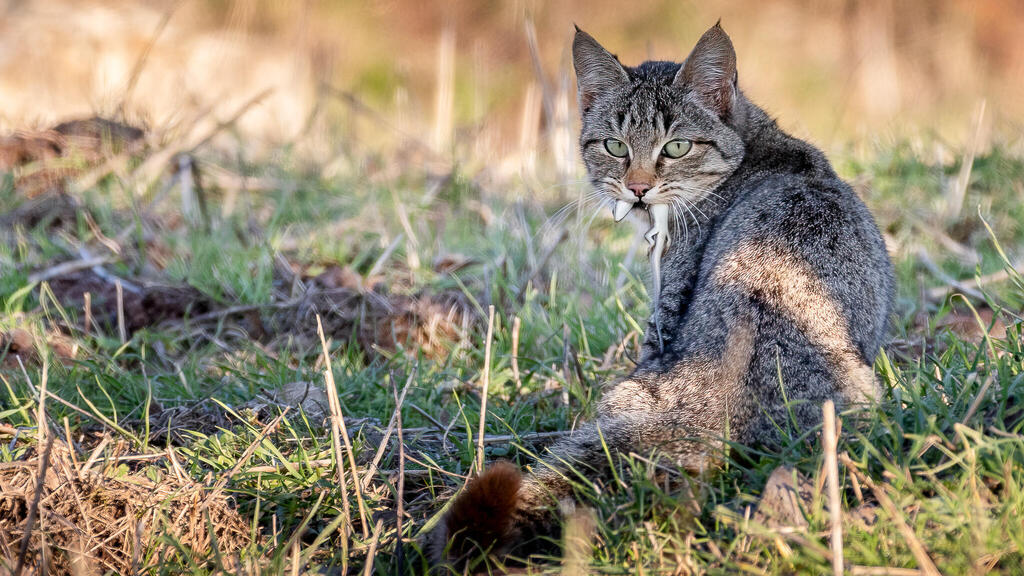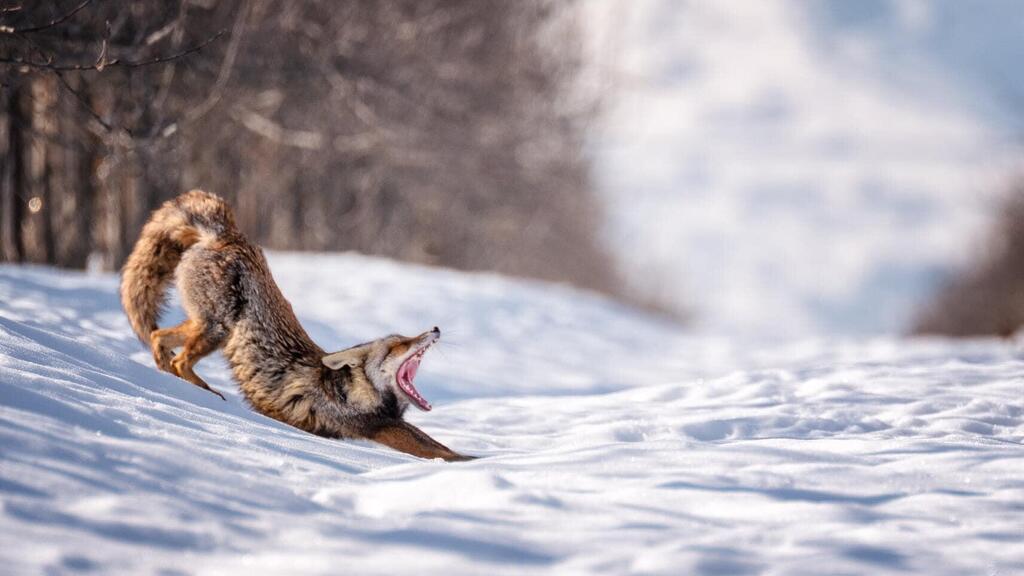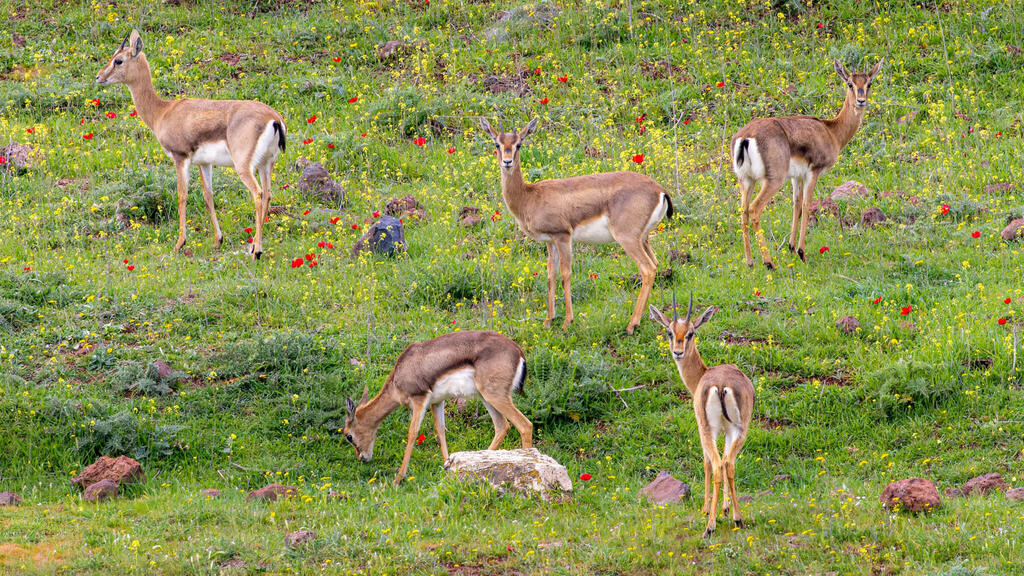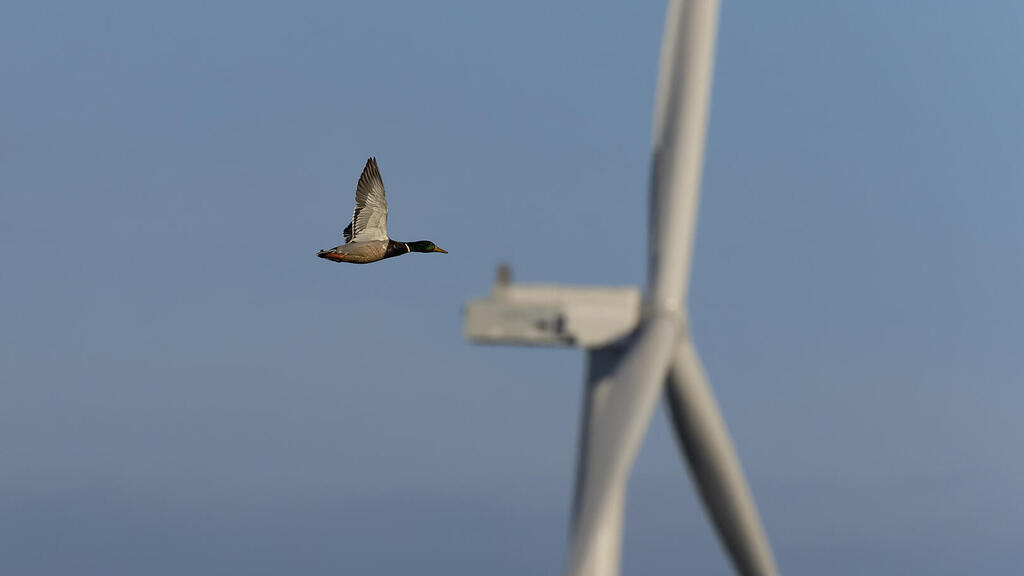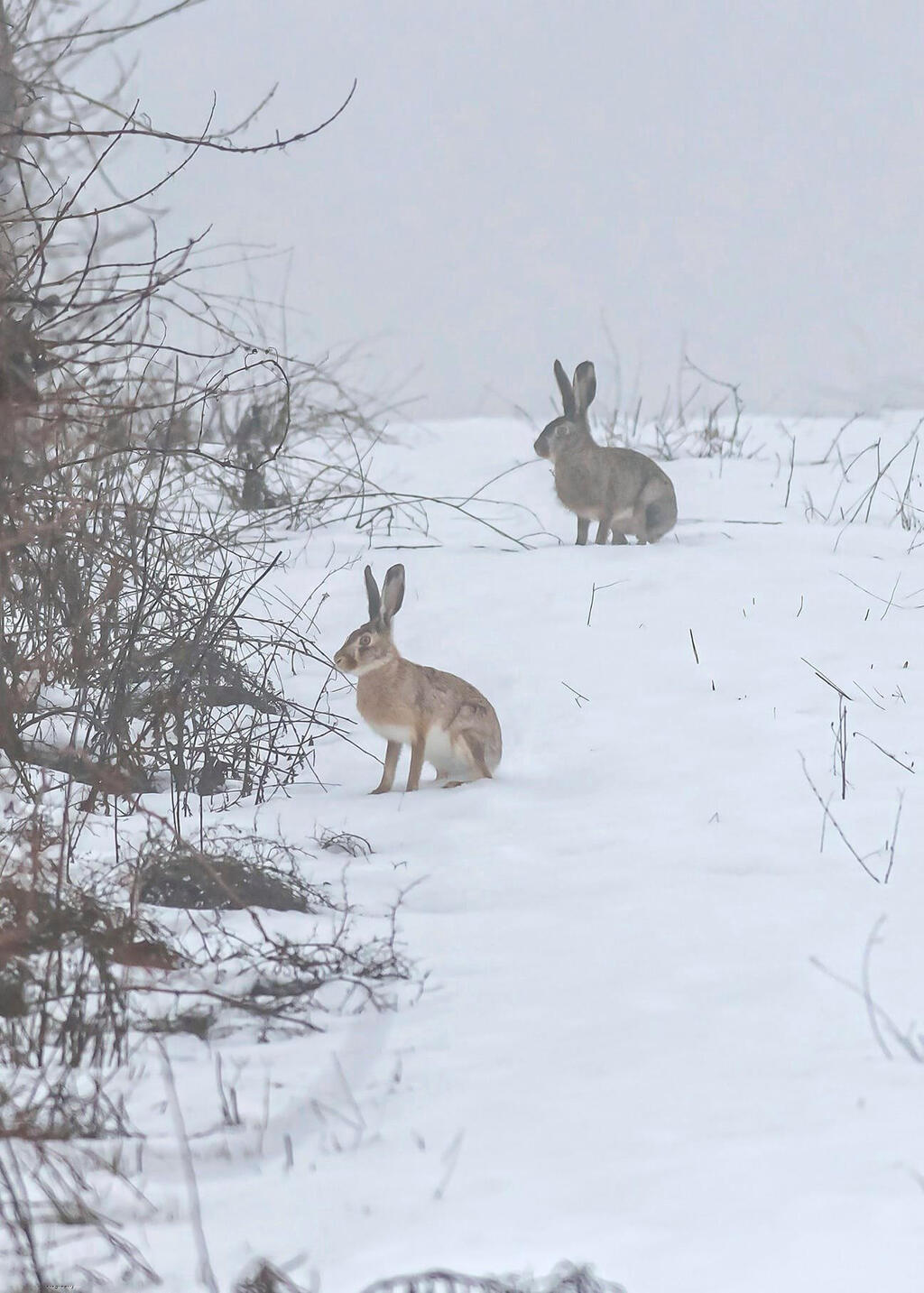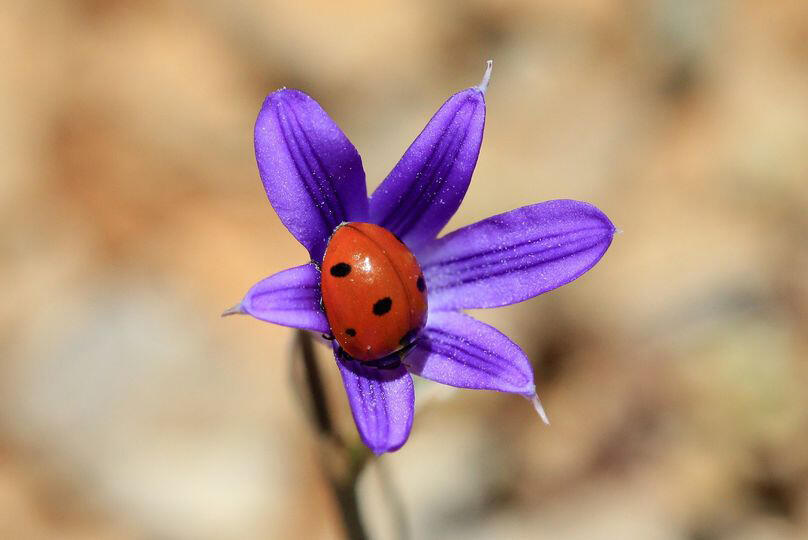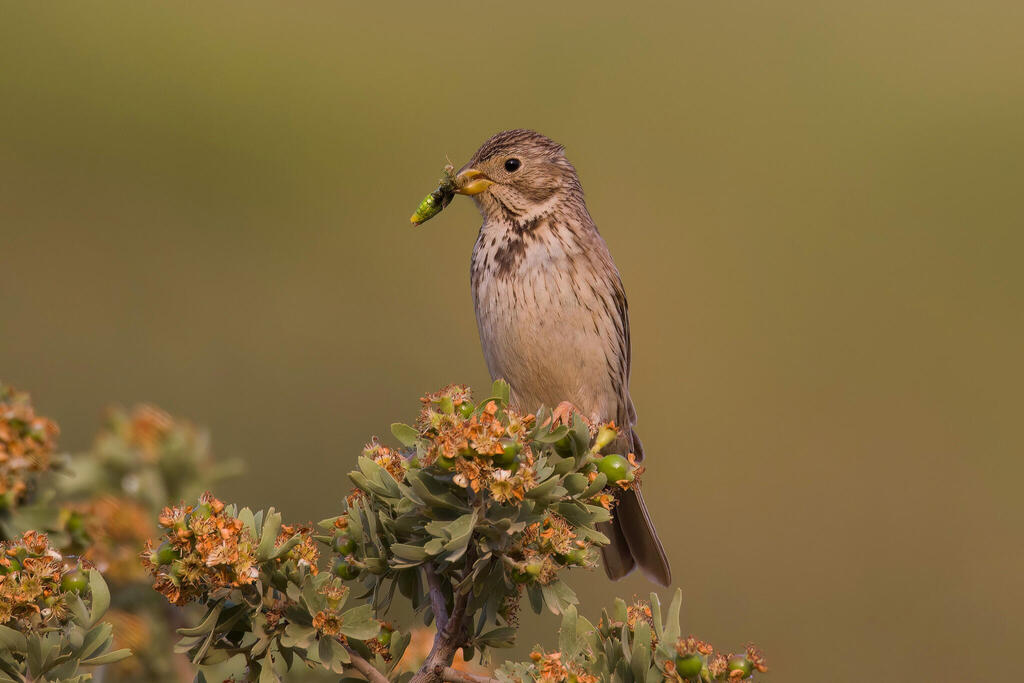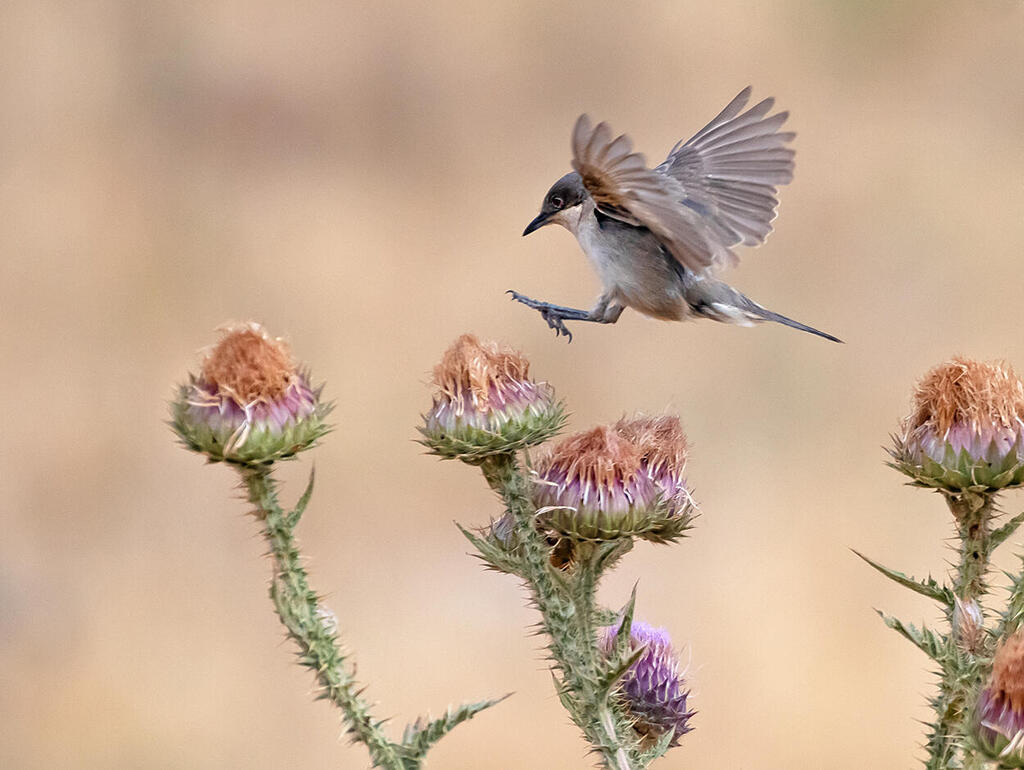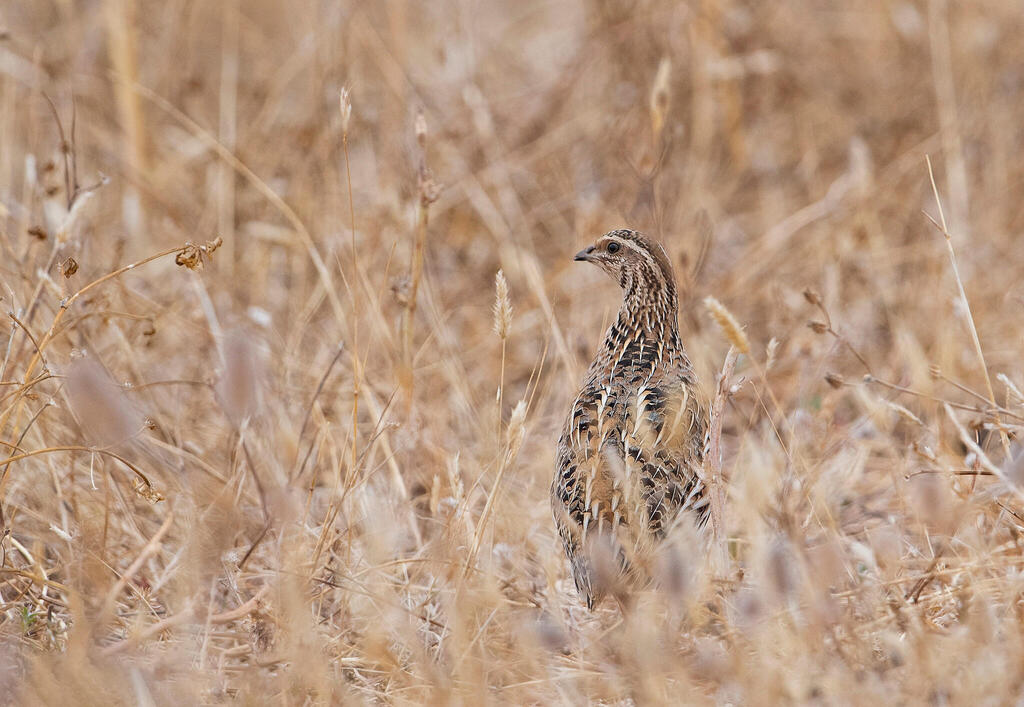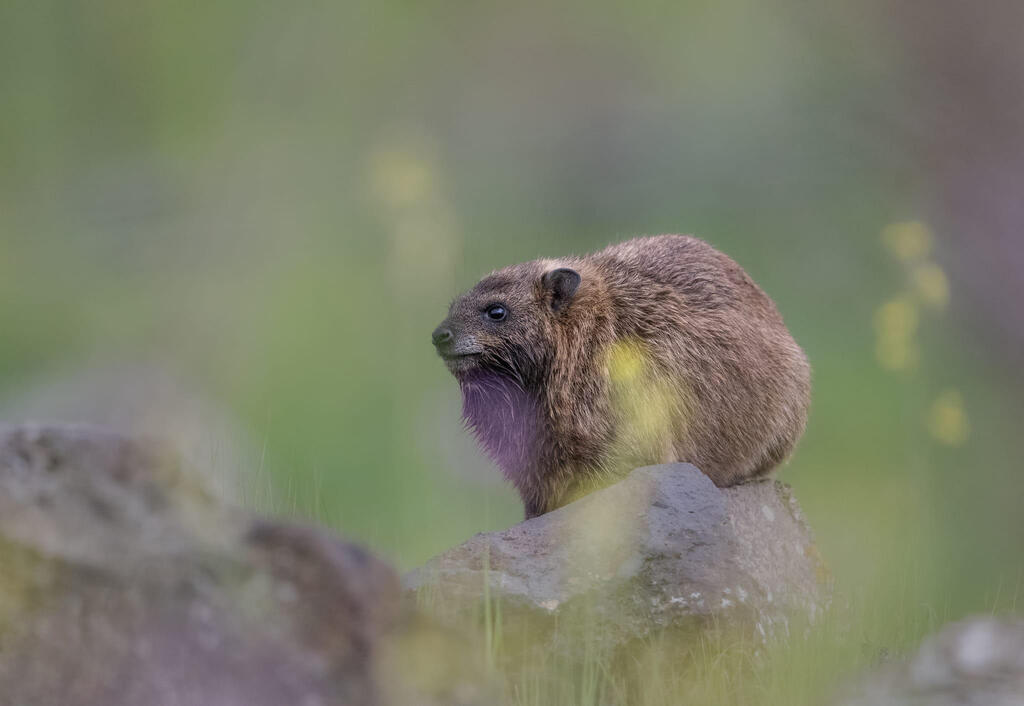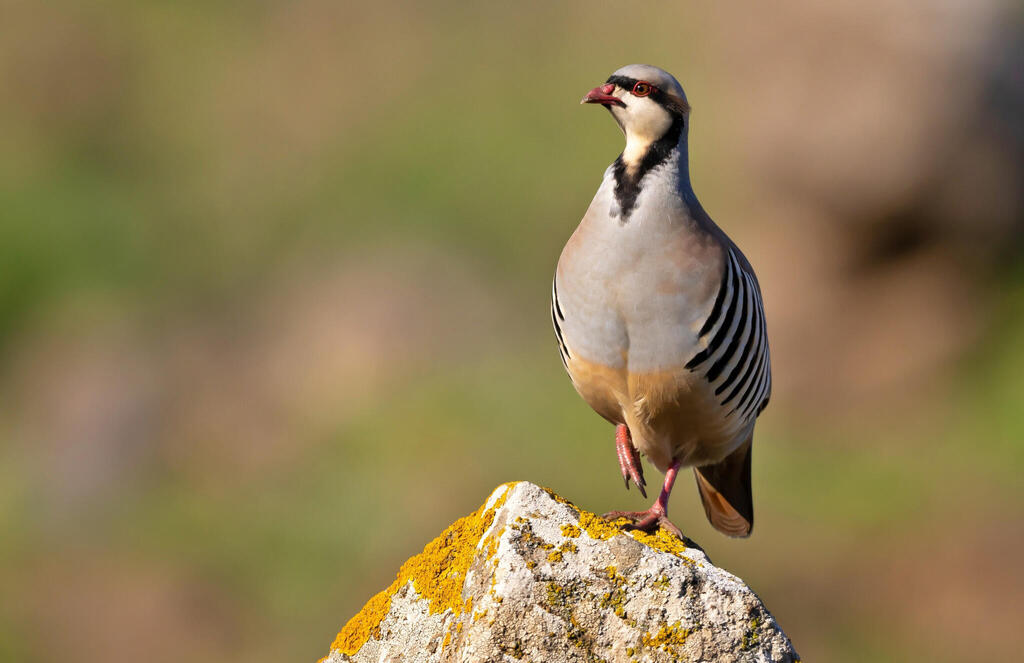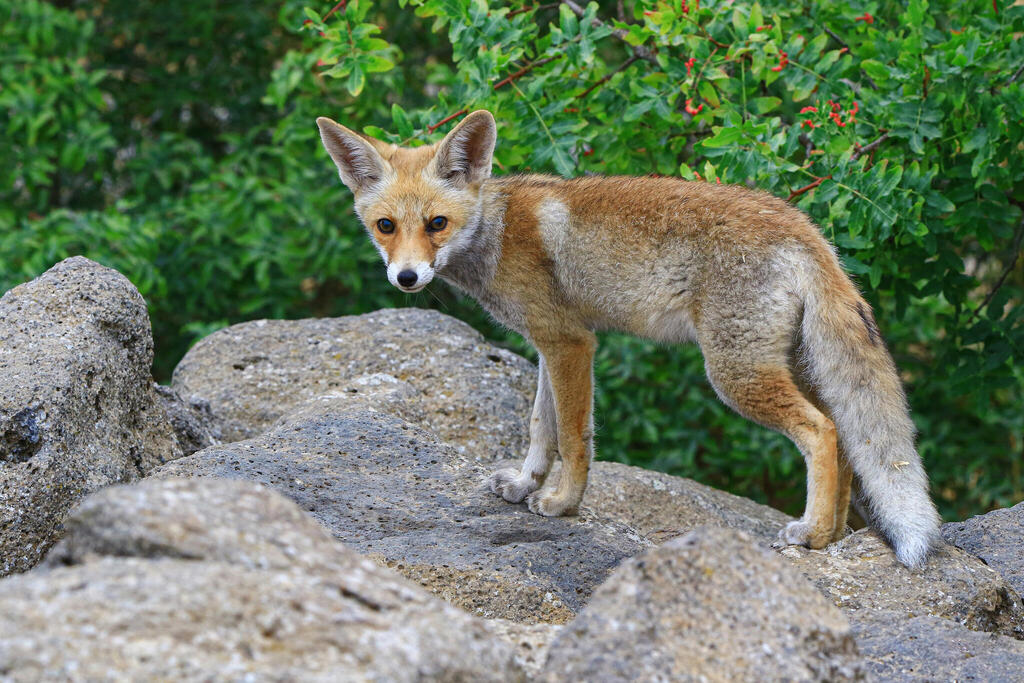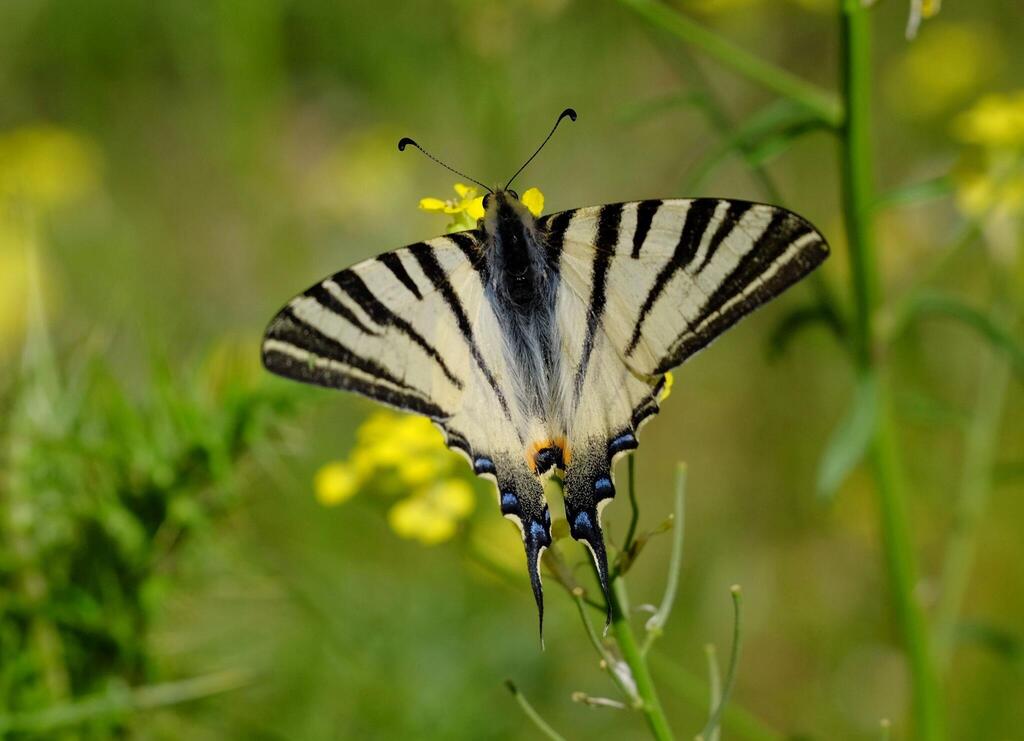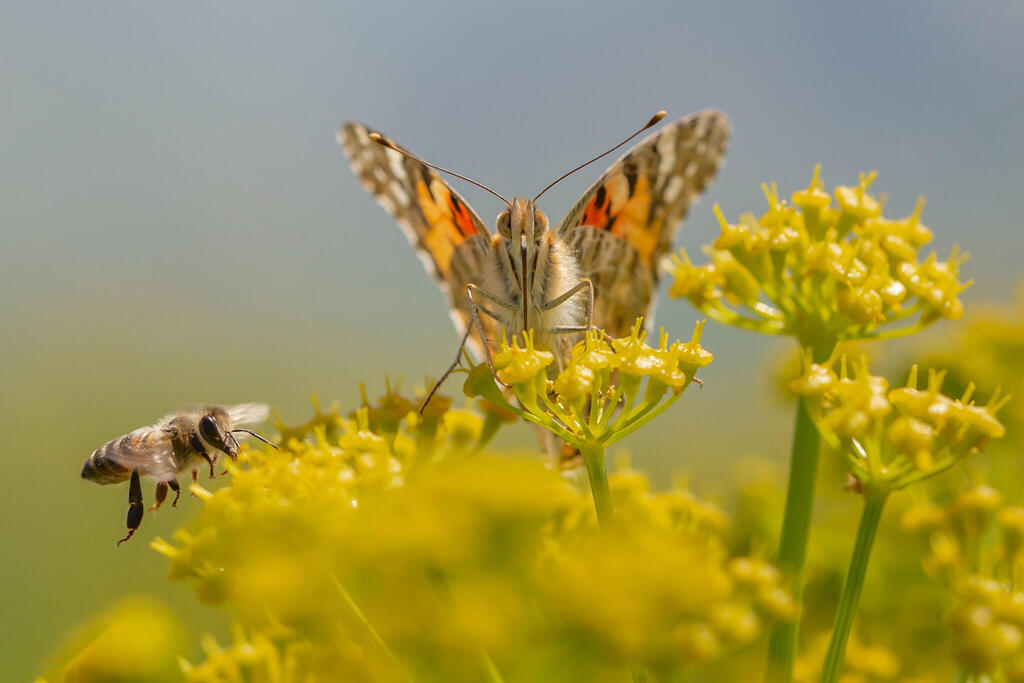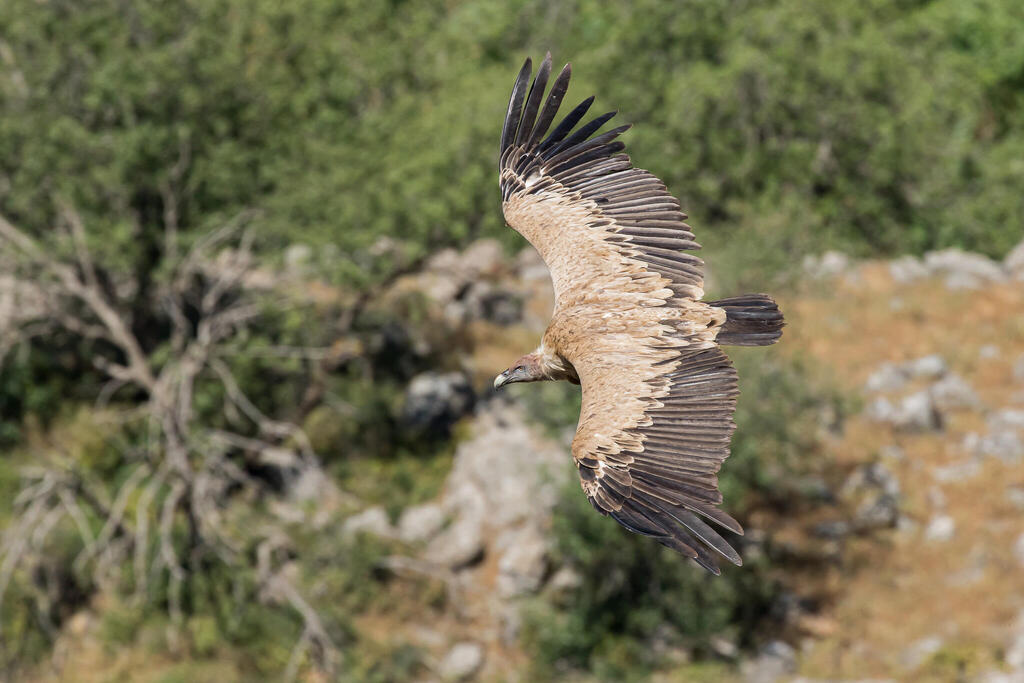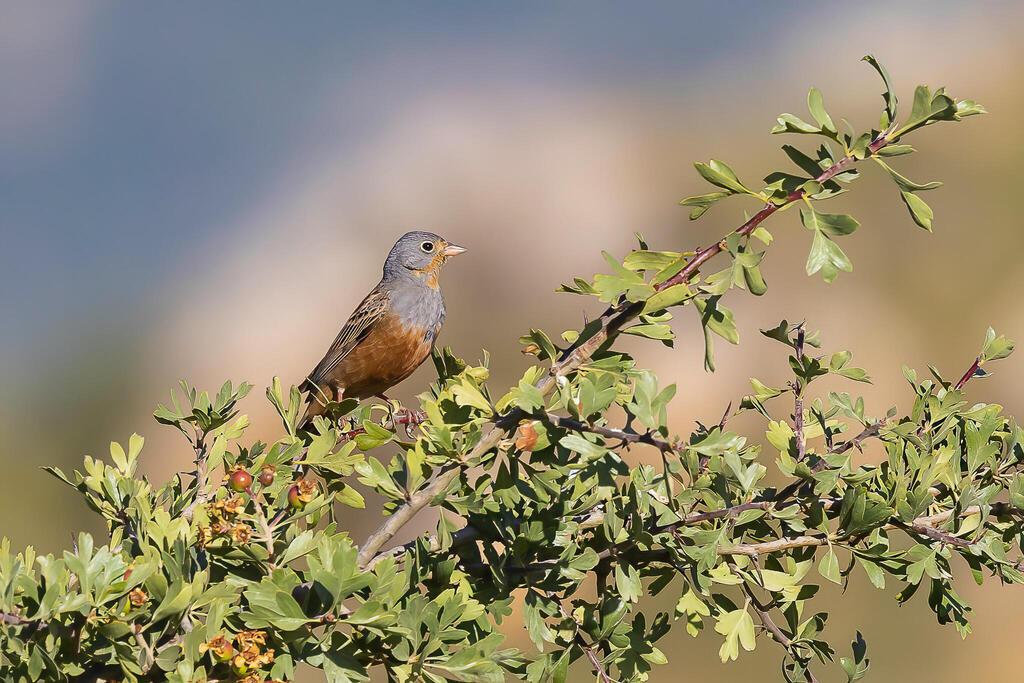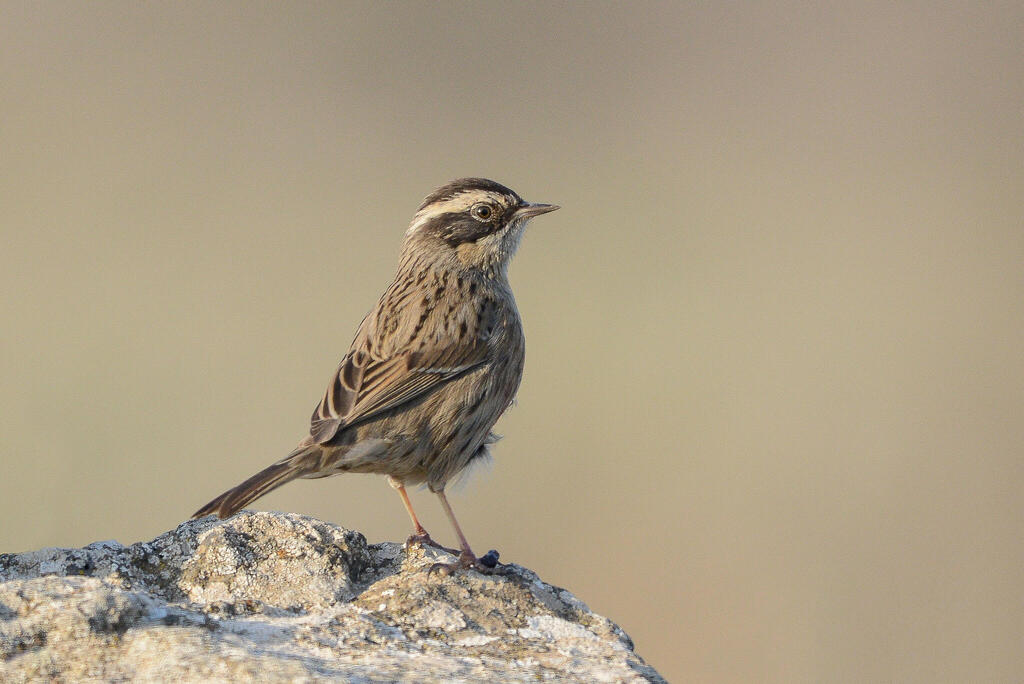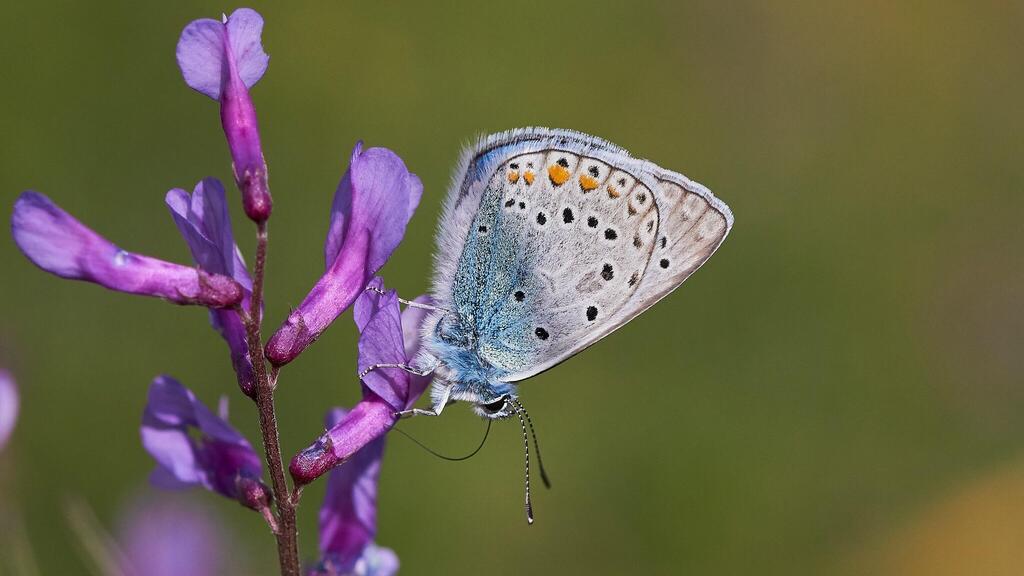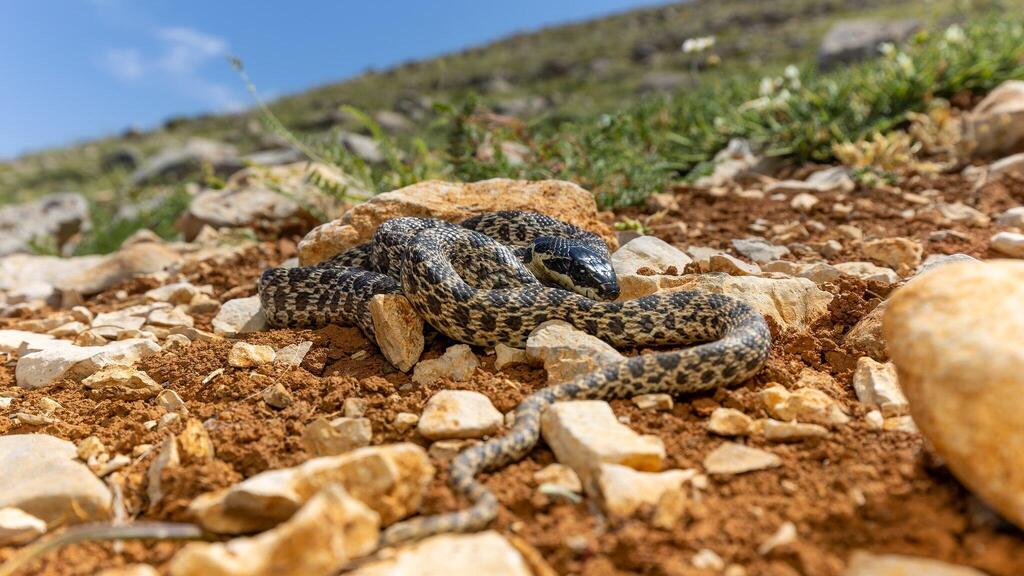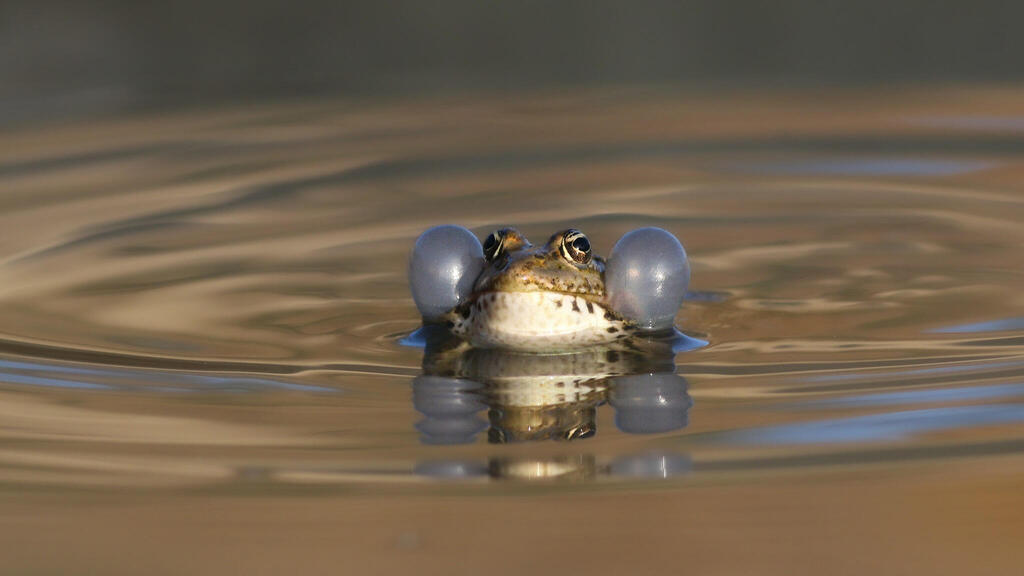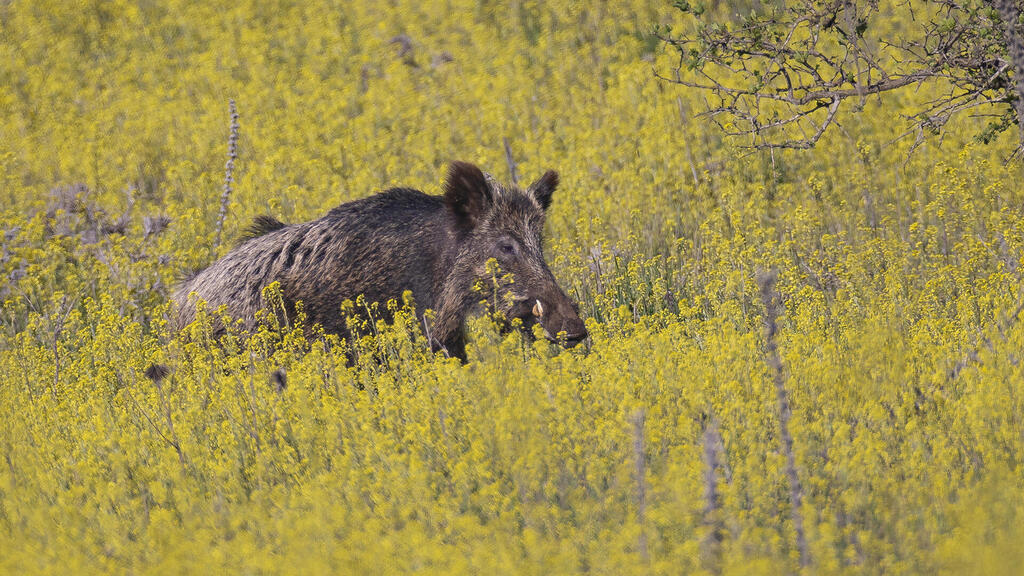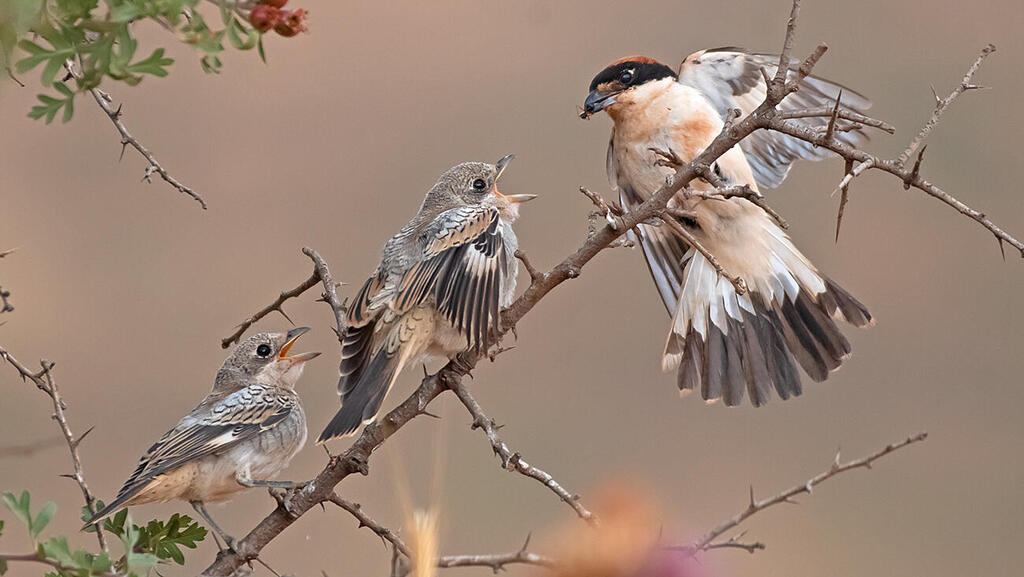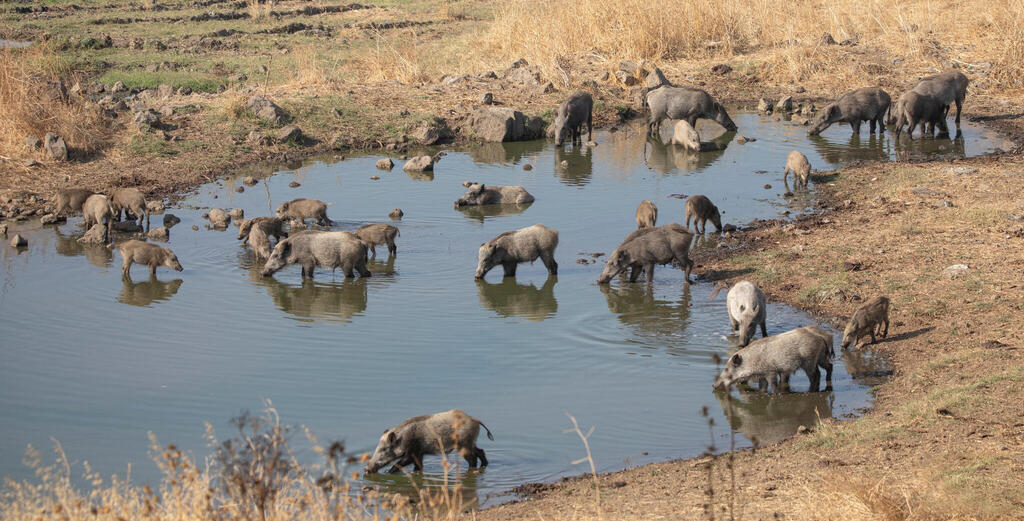Getting your Trinity Audio player ready...
The Golan Heights is one of Israel's most important parts in terms of nature, tourism, and recreation.
Related stories:
The Golan offers vast open expanses of land with fertile, andisol-rich soil that support a diverse range of ecosystems and habitats.
From iconic volcanoes and basalt hills to rivers, valleys, canyons, and forests, the Golan boasts unique geographical phenomena. Furthermore, the region is home to an array of rare and endangered flora and fauna species.
Beyond its natural wonders, the Golan offers a variety of manmade attractions such as charming boutiques, wineries, cultural events, and agricultural fields and farms, making it a must-see for tourists.
However, all this breathtaking and diverse wealth is not immune to environmental threats.
Last week, the Society for the Protection of Nature in Israel published a comprehensive report on the dangers facing the region. The report revealed alarming findings, with some of the most significant threats coming from massive construction projects of wind turbines, ground-based photovoltaic facilities for energy production, overhead powerlines, and new residential settlements.
Other issues include the basalt quarries, agricultural fields, forestation plans, drying up of the springs, and IDF activity.
The report highlights the devastating impact of these threats on the region's natural beauty and unique ecosystems, and underscores the urgent need for action to protect and preserve such a precious area.
The Society for the Protection of Nature in Israel is hosting the "Pereh BaGolan" (Wild in the Golan) event during the Passover holiday on April 9-10. The event aims to raise awareness about the environmental threats facing the Golan Heights and celebrate the natural beauty of the region.
The two-day event will offer excursions to several sites in the Golan, including guided hikes, music events, workshops, and more.
Ahead of the event, photographers from the Israeli Society for Nature Photography shared stunning images of the remarkable flora and fauna that call this northern region home.


